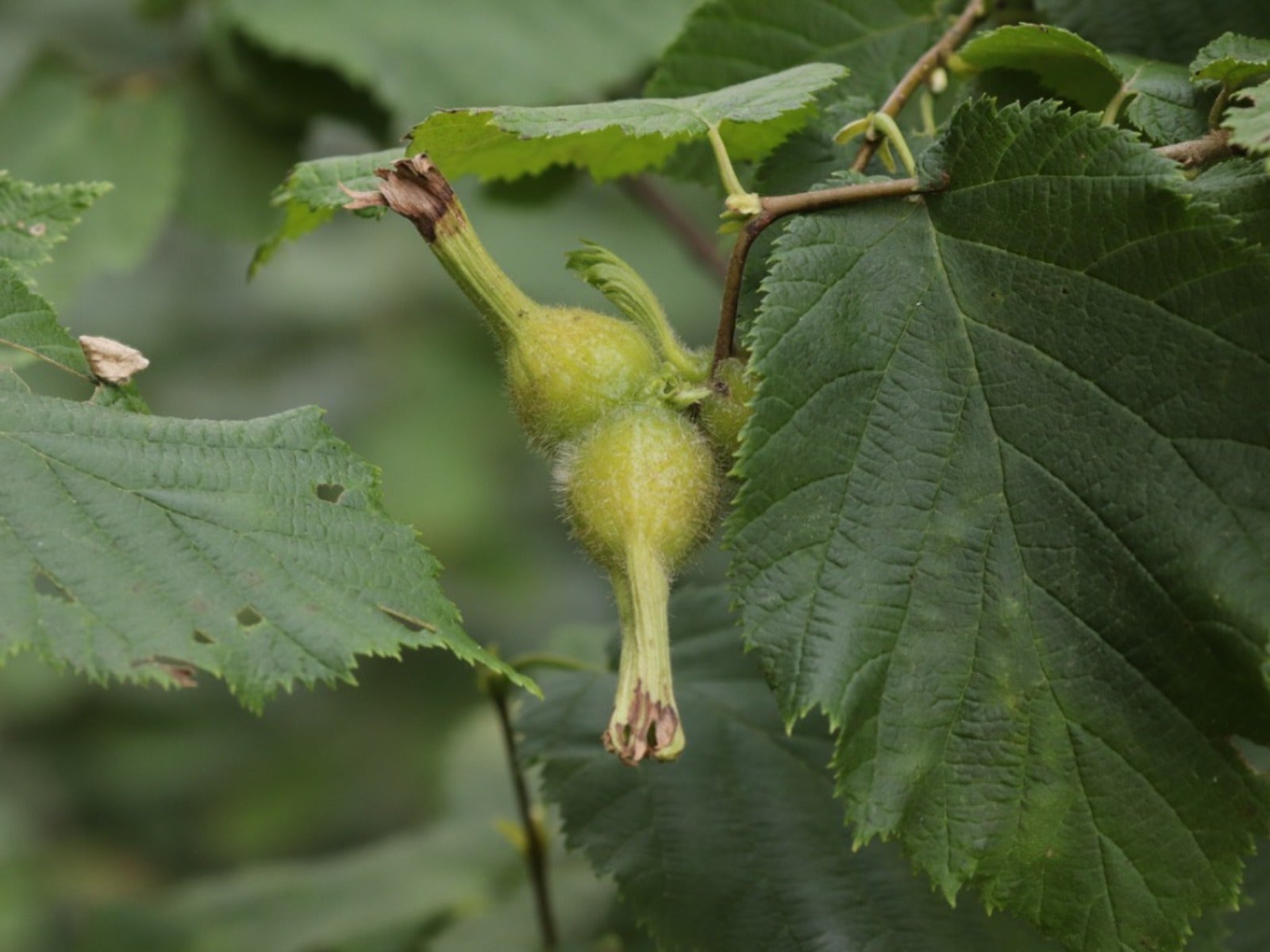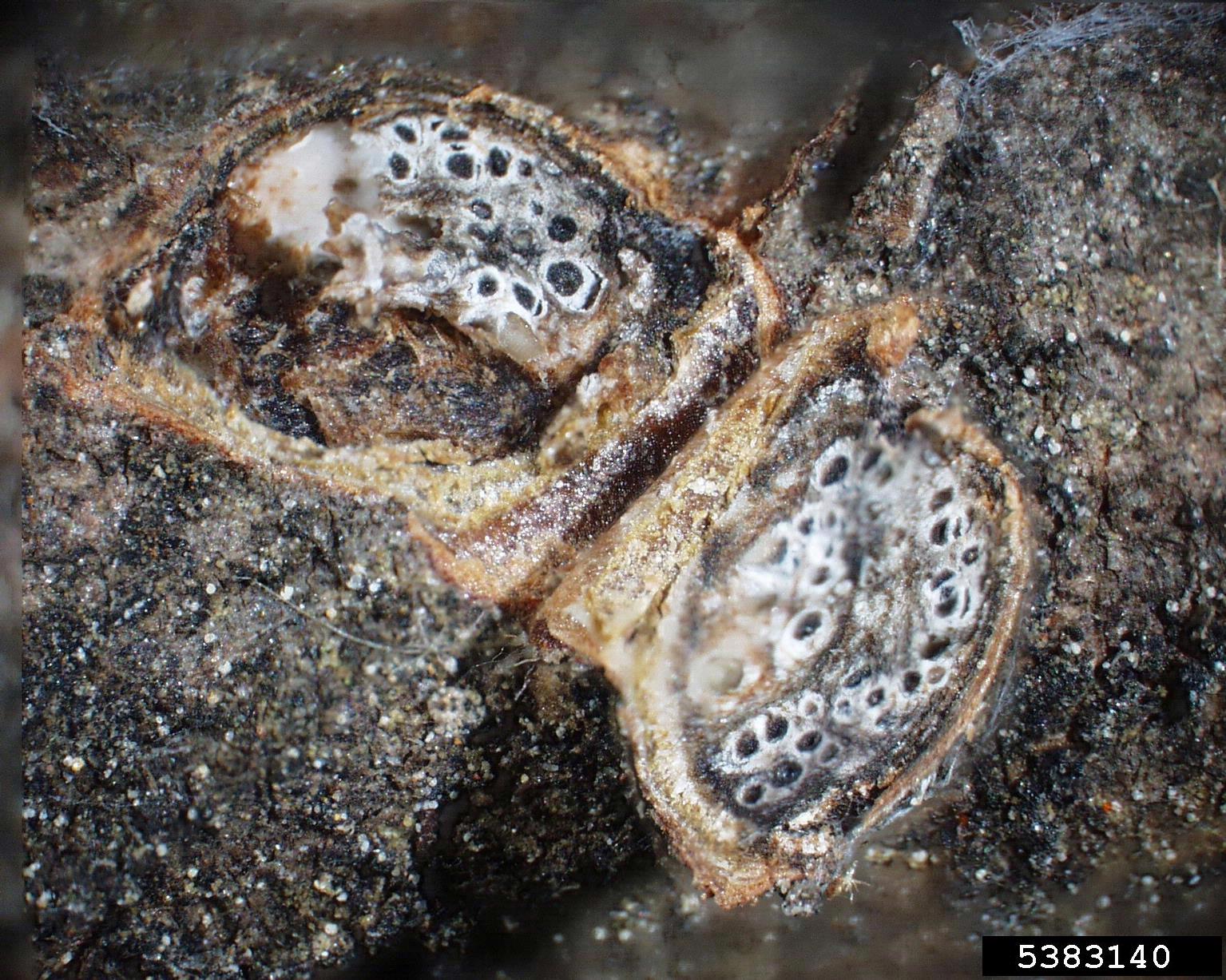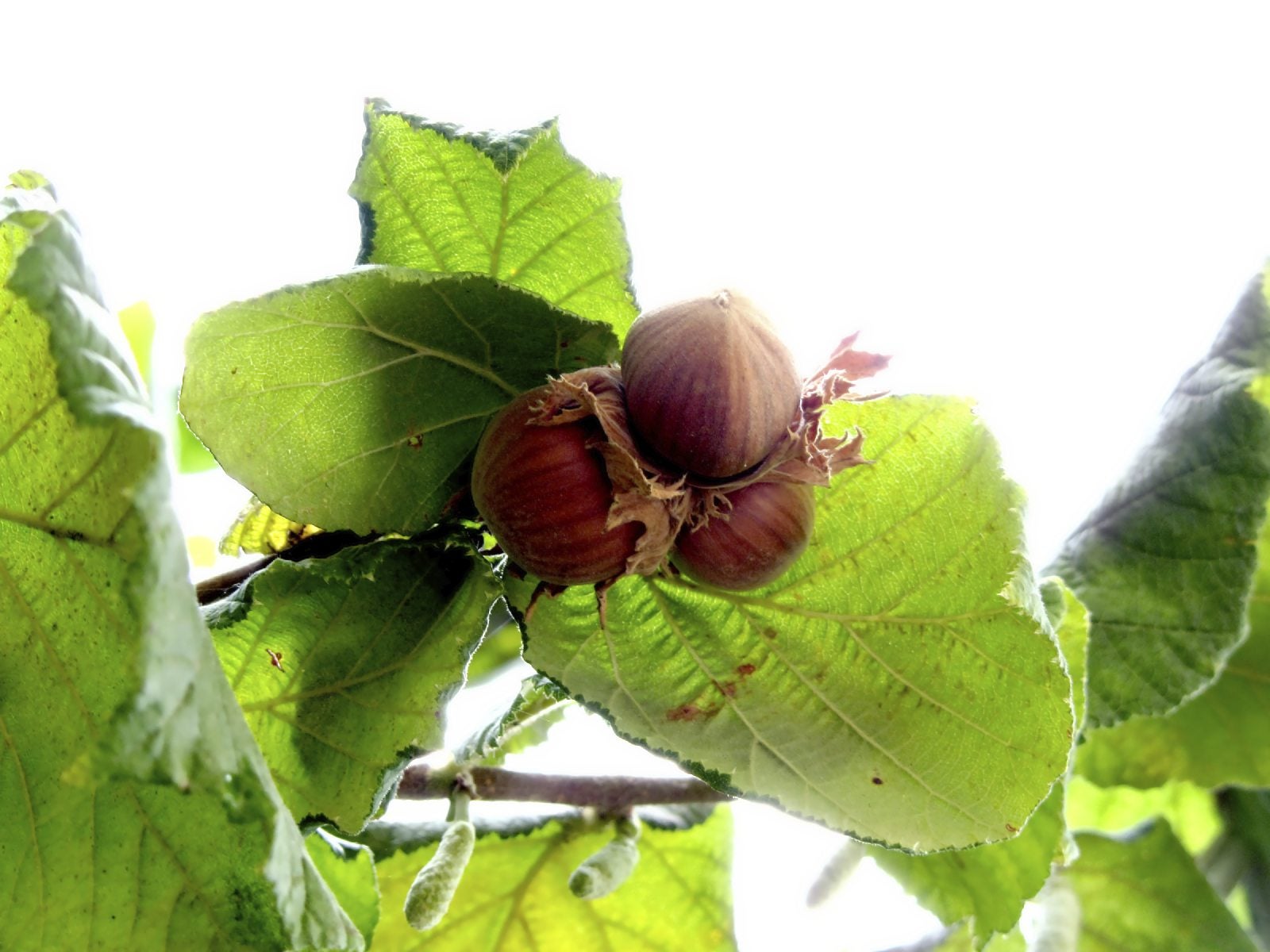How To Grow A Native Beaked Hazelnut Bush


Beaked hazelnut, also known as beaked filbert, is a native North American shrub that produces an edible nut. It’s a nice choice for native plantings, woodland gardens, and hedges. As a native species it is easy to grow, but it does require some maintenance to keep it looking tidy.
About Beaked Hazelnut
This species of hazelnut, Corylus cornuta, is native to most of Canada and the U.S. It is a deciduous shrub that can be small to large. It ranges in height from four to 25 feet (1.2 to 7.6 m) depending on the location and conditions.
Beaked hazelnut is deciduous with ovate, toothed, bright green leaves that turn yellow in fall. The flowers emerge in spring and include long male catkins and smaller female flowers with bright red stigmas. The nut is what gives this hazelnut its name. The husk surrounds the round nut with a protrusion that looks like a beak.
Are Beaked Hazelnuts Edible?
Yes, these are edible hazelnuts, although many people leave them for wildlife to enjoy. Commercial hazelnuts come from hybrids and are larger but have a similar flavor. You can harvest beaked hazelnuts in fall and roast them for eating.
Is There a Beaked Hazelnut Tree?
There is just one plant with this name, and it is generally considered a shrub. However, it can be grown as a small tree because it has the potential to grow tall. It can be trained for one main branch and regularly trimmed to maintain more of a tree shape.
Beaked Hazelnut vs American Hazelnut
Corylus americana, American hazelnut, is native to eastern North America and is also a shrub that can grow tall like a tree. The easiest way to distinguish it from the beaked variety is by the nut case, which does not have the protrusion.
Growing and Caring for Beaked Hazelnut
This is a great choice if you’re looking for a native shrub or small tree. It’s great for natural or woodland plantings. You can also grow it as a hedge. Use beaked hazelnut to support and attract native wildlife, including birds, pollinators, and small mammals.
Gardening tips, videos, info and more delivered right to your inbox!
Sign up for the Gardening Know How newsletter today and receive a free copy of our e-book "How to Grow Delicious Tomatoes".
Beaked hazelnut grows well in USDA zones 4 through 8 and anywhere it is native. It is not native in the southwest, or southern plains states. It is found naturally in wood edges, thickets, and clearings, and along streams.
In the home garden, it will do well in most spots. Beaked hazelnut is not too particular about soil, but it will not tolerate heavy clay. It grows best in rich soils with good drainage, some acidity, and medium moisture. It prefers full sun to partial shade.
Getting it Planted
You can start beaked hazelnut from seed, but it will take some time to grow into a large shrub. Look for nurseries that supply native plants to get a larger transplant. Once you have it in the ground, provide water for the first season as it establishes strong roots. After that, it will not require much care.
One area of maintenance you will need to consider with beaked hazelnut is trimming or pruning. You can let it grow naturally, but it spreads readily by suckers and creates dense thickets. If you want a tidier growth habit, trim back the suckers regularly.
If you plant to harvest the nuts, look for them to be ready in fall. You can trim them off or wait for the nuts to drop. If you wait, the squirrels might get to them first. Once harvested, let the nuts dry fully in their shells before storing them. This can take a week or more. Dried, you can store hazelnuts to enjoy for months to come.

Mary Ellen Ellis has been gardening for over 20 years. With degrees in Chemistry and Biology, Mary Ellen's specialties are flowers, native plants, and herbs.
-
 Try The Trend – Turn Any Bed Into A Keyhole Garden With This Clever In-Ground Composter
Try The Trend – Turn Any Bed Into A Keyhole Garden With This Clever In-Ground ComposterKeyhole gardening is an efficient and sustainable practice that saves space. Get started on this DIY project quickly and easily with an in-ground composter.
By Bonnie L. Grant
-
 4 Superfast Composting Methods: Turn Waste Into Garden Gold In 30 Days Or Less
4 Superfast Composting Methods: Turn Waste Into Garden Gold In 30 Days Or LessTry the fastest composting methods to turbocharge your pile and transform kitchen scraps and garden waste into finished compost in just a few weeks.
By Mary Ellen Ellis
-
 What Is Eastern Filbert Blight: Tips On How To Treat Eastern Filbert Blight
What Is Eastern Filbert Blight: Tips On How To Treat Eastern Filbert BlightGrowing hazelnuts in the U.S. is difficult because of Eastern filbert blight. The fungus does limited damage to American hazelnut, but it devastates the superior European hazelnut trees. Find out about Eastern filbert blight symptoms and management in this article.
By Jackie Carroll
-
 Hazelnut Tree Pollination – Do Hazelnut Trees Need To Cross Pollinate
Hazelnut Tree Pollination – Do Hazelnut Trees Need To Cross PollinateHow do hazelnut trees get pollinated? The answer is a little weird. Click here to learn all about this strange process.
By Amy Grant
-
 Hazelnut Picking: How And When To Harvest Hazelnuts
Hazelnut Picking: How And When To Harvest HazelnutsEven if you don't grow your own, there are several U-Pick places where you can do your own hazelnut picking. Harvesting hazelnuts is simple to do if you know when to harvest hazelnuts. So how do you harvest hazelnuts? Click here to learn more.
By Amy Grant
-
 Hazelnut Growing: How To Grow Filbert And Hazelnut Trees
Hazelnut Growing: How To Grow Filbert And Hazelnut TreesHazelnut trees grow only 10 to 20 feet tall with a spread of 15 feet, making them suitable for all but the tiniest home gardens. Learn more about hazelnut growing and their care in this article.
By Jackie Carroll